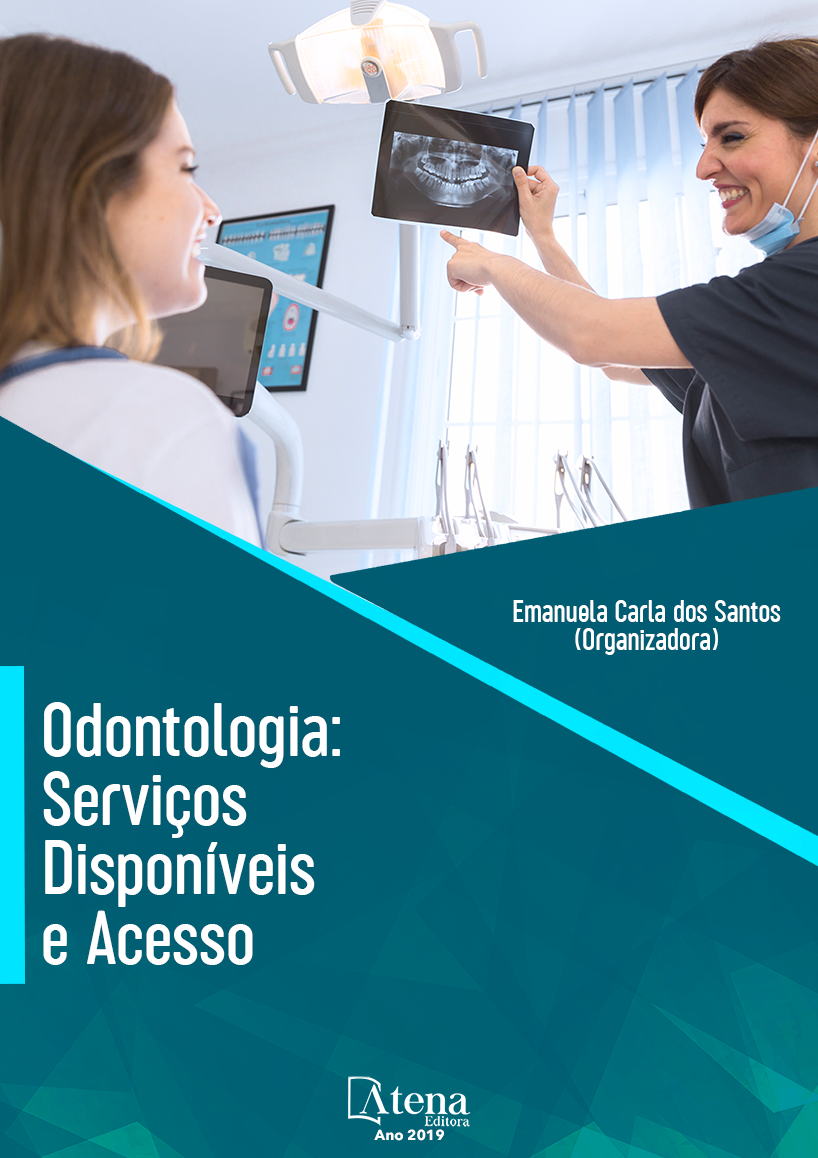
CISTOS INFLAMATORIOS EM PACIENTES INFANTIS: METODO DE APROVEITAMENTO DE DENTES ENVOLVIDOS
Introdução: Cisto é uma cavidade
patológica (muitas vezes preenchida por líquido
ou material semi-sólido) que é revestido por
epitélio. Cistos ósseos revestidos por epitélio são
quase exclusividade dos ossos gnáticos e são
relativamente comuns na rotina odontológica.
Esta patologia tende a aumentar lentamente
de tamanho, possivelmente em resposta ao
aumento da pressão osmótica luminal. Os
Cistos Odontogênicos são mais encontrados
em pacientes entre 10 e 30 anos, mas podem
acometer indivíduos na primeira década de vida
e envolver múltiplos elementos dentários ainda
em formação. Relato de caso: Dois pacientes
pediátricos com história de trauma e necrose
pulpar não diagnosticada em tempo em incisivo
central decíduo. Apresentaram retardo na
erupção dos elementos permanentes adjacentes
e retenção prolongada do incisivo necrosado.
Radiograficamente era visto envolvimento
herniação dos elementos permanentes em
formação. Ambos os casos foram tratados
através de biopsia incisional, descompressão
por 6 meses, enucleação conservadora e
tratamento ortodôntico. Conclusão: Os cistos
inflamatórios podem ser removidos de forma
menos agressiva, mantendo intactos os
elementos dentários envolvidos, desde que
estes apresentem viabilidade.
CISTOS INFLAMATORIOS EM PACIENTES INFANTIS: METODO DE APROVEITAMENTO DE DENTES ENVOLVIDOS
-
DOI: 10.22533/at.ed.68919100717
-
Palavras-chave: Cistos Ósseos, Cistos Odontogênicos, Germe de dente.
-
Keywords: Bone Cysts, Odontogenic Cysts, Tooth Germ.
-
Abstract:
Introduction: Cyst is a pathological cavity (often filled with liquid or
semi-solid material) that is lined by epithelium. Epithelium-lined bone cysts are
almost exclusive to gnathic bones and are relatively common in routine dentistry. This
pathology tends to increase slowly in size, possibly in response to increased luminal
osmotic pressure. Odontogenic cysts are more commonly found in patients between
10 and 30 years of age, but can affect individuals in the first decade of life and involve
multiple dental elements still in formation. Case report: Two pediatric patients with a
history of trauma and pulpal necrosis undiagnosed in time in deciduous central incisor.
They presented delayed eruption of the adjacent permanent elements and prolonged
retention of the necrotic incisor. Radiographically it was seen involving herniation of the
permanent elements in formation. Both cases were treated through incisional biopsy,
decompression for 6 months, conservative enucleation and orthodontic treatment.
Conclusion: The inflammatory cysts can be removed in a less aggressive way, keeping
intact the dental elements involved, as long as they present viability.
-
Número de páginas: 15
- Fábio Correia Sampaio
- José Wilson Noleto Ramos Júnior
- Ávilla Pessoa Aguiar
- Nathalie Murielly Rolim de Abreu
- Tácio Candeia Lyra
- Thalles Moreira Suassuna


